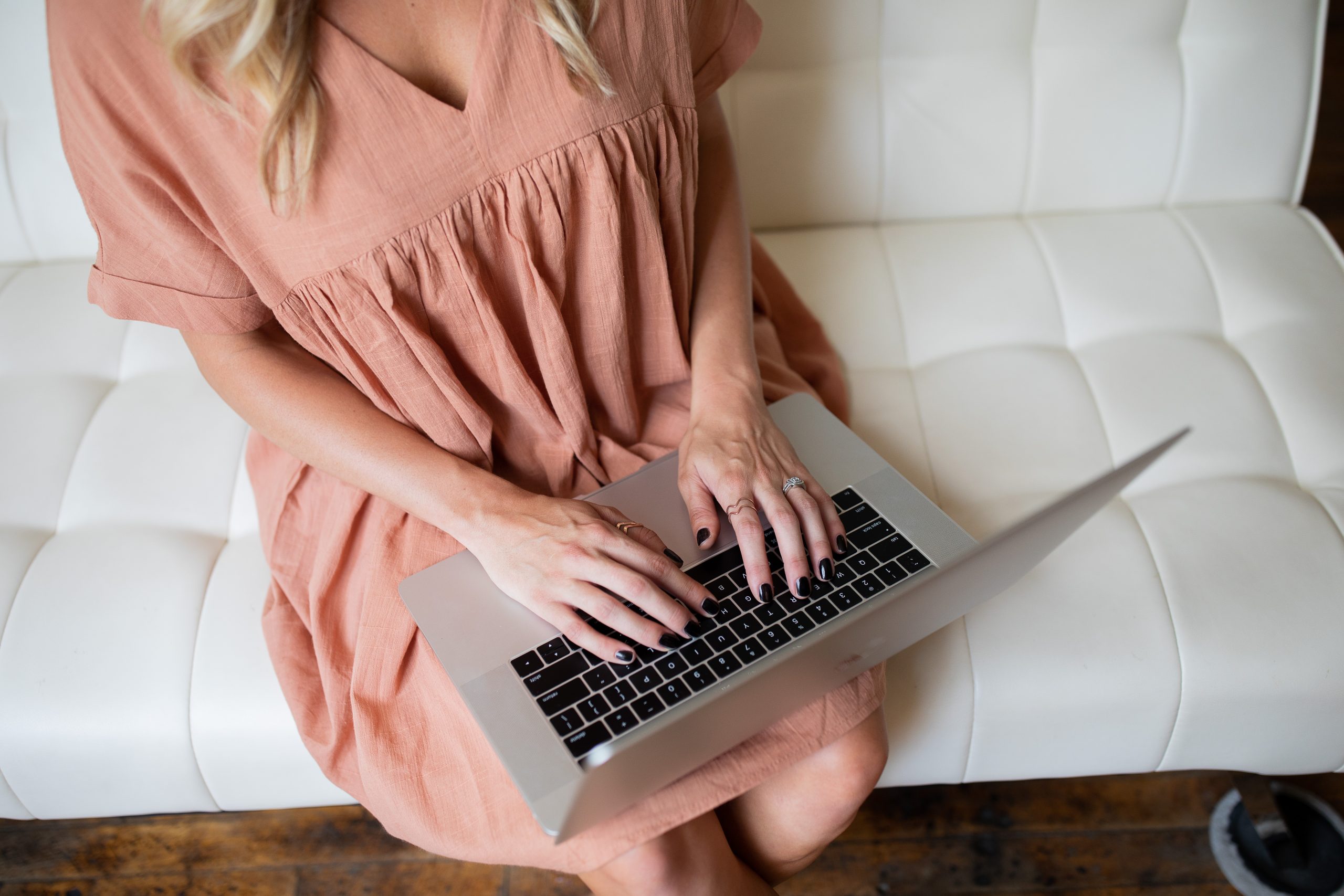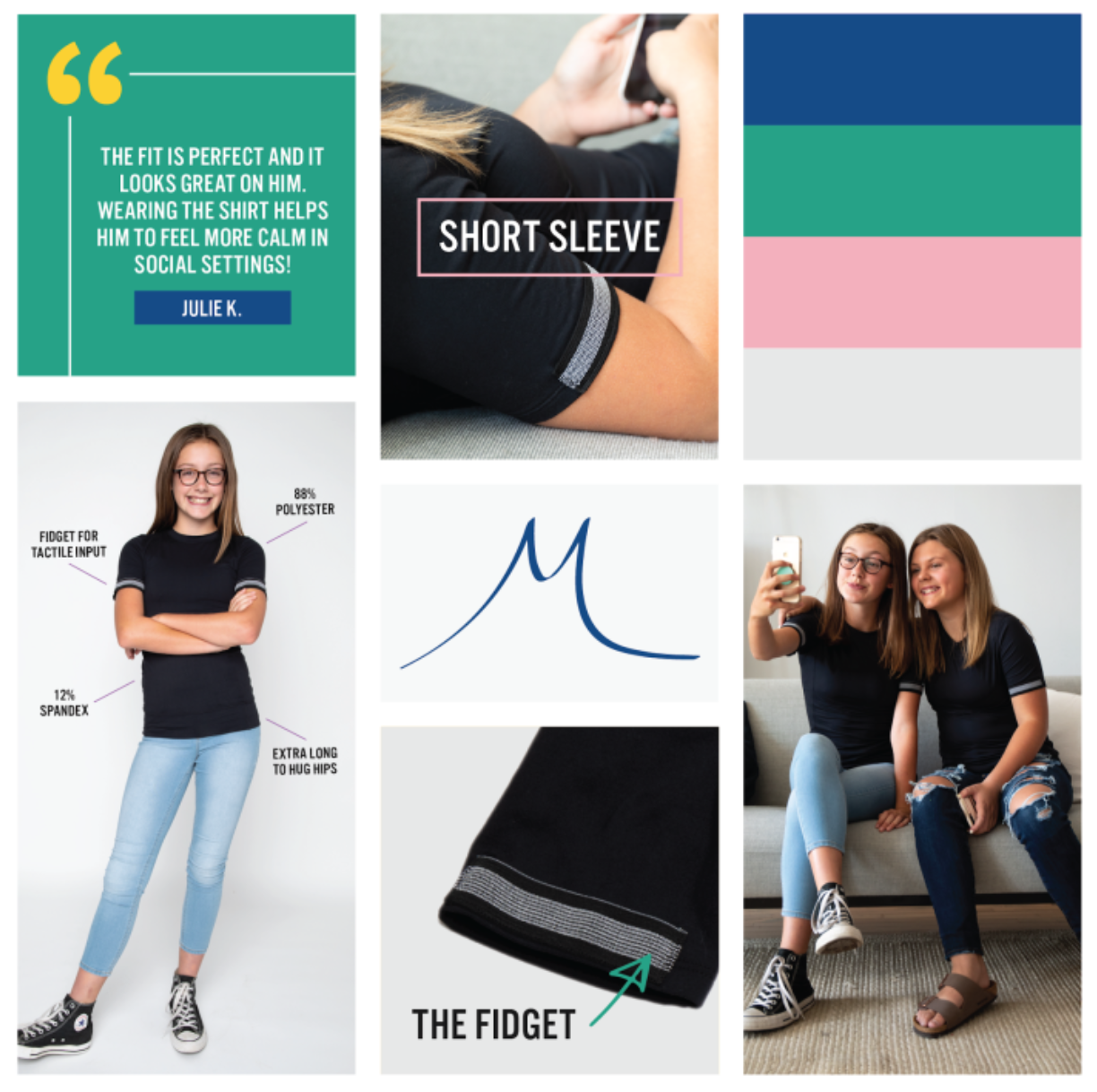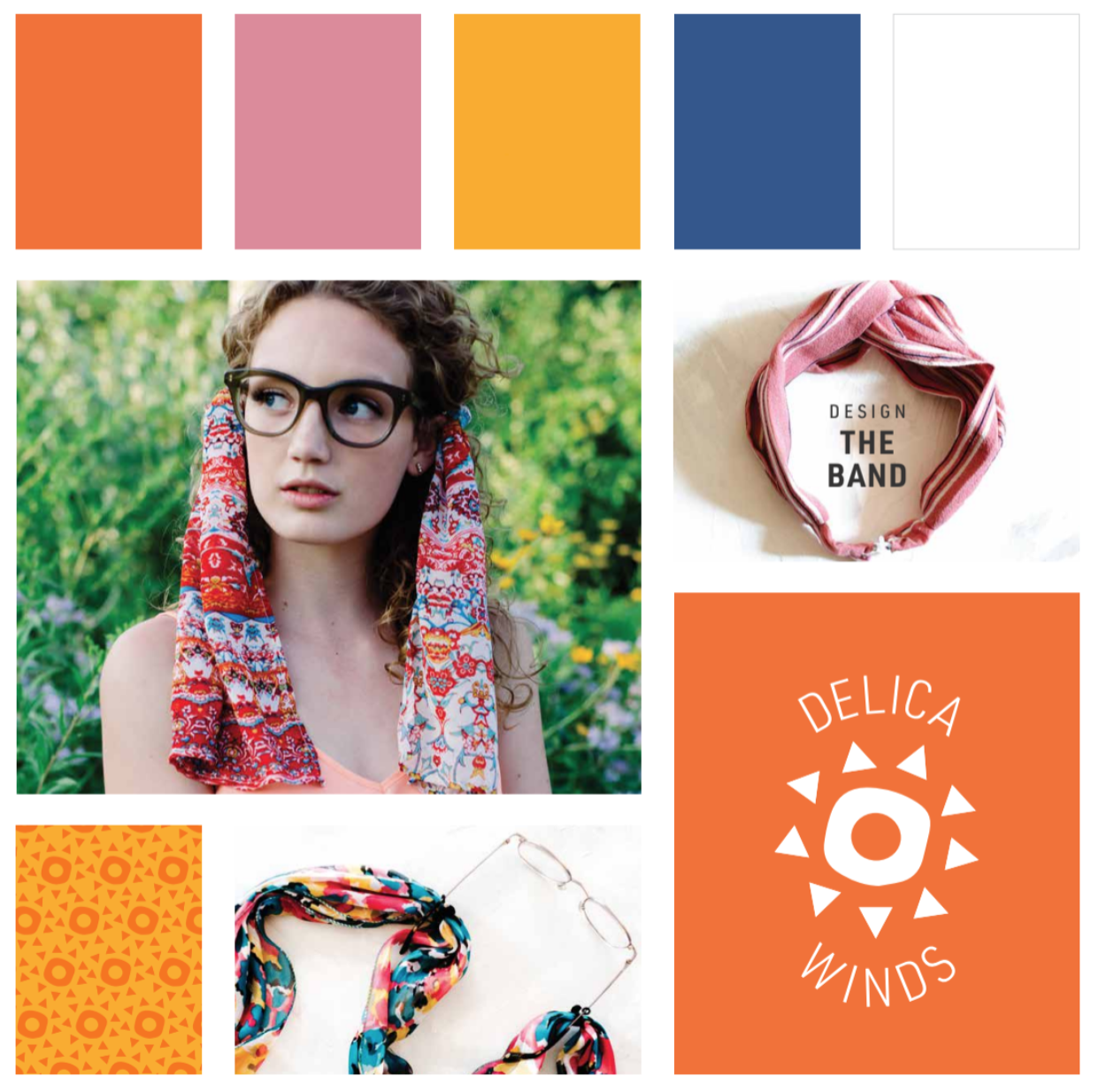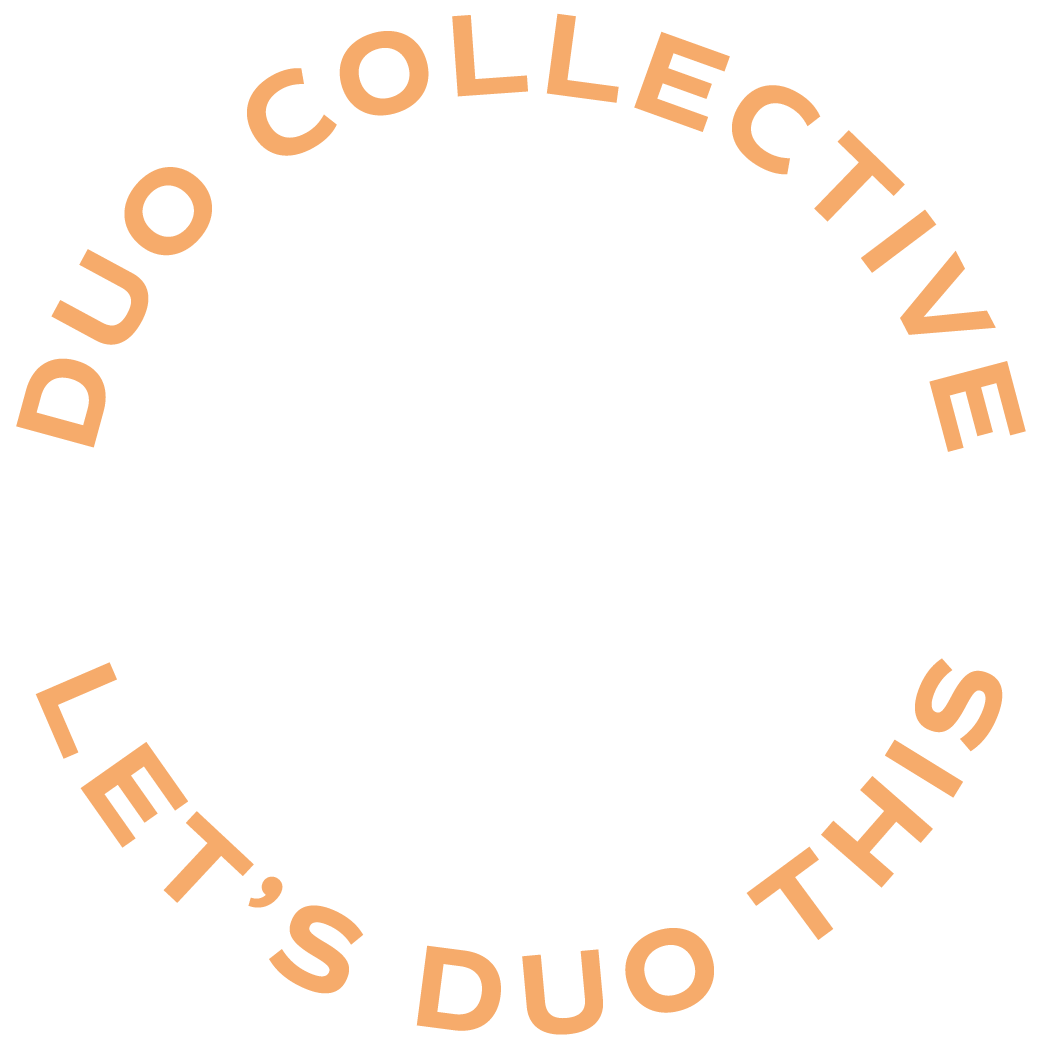Creating a brand moodboard is the very first step we take when doing any kind of design work for our clients. And yes, this even includes developing a social media strategy. Brand moodboards aren’t designated only for brand and logo designs. Their purpose is to help you see the full picture of your brand in the eyes of your audience.
The visual component of your brand is so important. Go take a peek at your website or blog, then jump to your social media pages and now look at any other documents you use (client presentations, printed materials, etc.). Does it look like one cohesive brand? Or does it look like you could have three different businesses? If it’s the latter, then listen up. This post is for you!
What is the purpose of a brand moodboard?
A moodboard defines the essence of your brand. It brings together both visual and emotional components of your business. It also ensures consistency across all elements. Take social media for example. For Instagram alone you have organic posts, stories, IGTV, reels and paid advertising. A moodboard should lay the visual groundwork for all of these elements.
Plus, a good brand moodboard will give you an understanding of your business’s first impression. We all know looks aren’t everything, but they do catch your audience’s attention and get them to dig deeper into your offerings. That first impression is key, especially in the creative industry.
What does a brand moodboard consist of?
Typically, a moodboard consists of the following five elements:
1. Colors
Choosing the right colors for your brand can be tricky. So here is our advice. First, choose timeless over trendy. The color that is hot right now, might not be next season. Second, your brand colors should be a unique reflection of your business personality. Choose colors that you love and feel a strong connection too. Then, make sure you check out the underlying psychology of those colors and ensure they match your business. Finally, make sure to choose 1-2 main brand colors and 1-2 neutral accents to offset them.
The bright poppy orange we chose for Duo Collective wasn’t chosen at random. We love the pop of orange surrounded by more subtle tones of orange and brown. Orange is a color known for optimism, creativity, energy, curiosity, confidence and playfulness. This describes not only our business, but our personalities as well.
2. Logo variations
You should have a variety of logos and submarks to use depending on the platform you are focusing on. Your website should be home to your main logo, whereas your social media pages might house a different submark.
3. Type styles
When it comes to choosing a font, you can go a little crazy with the number of options out there. If you aren’t sure where to start, pop in Canva and experiment with some of their templates. Creative Market is another amazing resource you can use to purchase a brand font.
We just have two words of advice when choosing a font. First, make sure it’s a web-friendly font. Not all fonts are picked up by browsers. Meaning if you choose a font that isn’t supported by Google Chrome that font will automatically revert to something boring like Times New Roman. Second, make sure you look up the legal licenses of your chosen font. You can run into a lot of legal issues with fonts, especially those crazy, fun fonts with all the dots and squiggles. Do yourself a favor and make those investments, it’s not worth the legal battle.
4. Photography
When choosing photography for your brand moodboard, there is so much to consider. Consider model photography. Are your model shots close in and focused or are they zoomed out to allow your audience to take in the full environment? Consider non-model photography. Do you want to feature beautiful office spaces, delicious food shots or pops of nature? What types of guidelines do you want to set on these images?
Don’t forget to check out Unsplash or Pexels to supplement any of your brand photography. There are hundreds of images to choose from to match your brands visual aesthetic.
5. Patterns
Patterns might be our favorite part of a brand moodboard! Here’s where you can really have some fun. Play around with some of your logo elements or try exploring a simple dot pattern. Canva offers a bunch of pattern templates you can play with using your brand colors. Start there!
How to use your brand moodboard?
Now that you’ve built this amazing moodboard… what do you do with it!? This document should be used both internally within your own business and shared with any outside partners who you will be collaborating with. You should reference it any time you create new brand elements like a new landing page for your website or a social media post. The great thing about this resource is that it can be shared with any outside parties who might be doing any design work for you. A brand moodboard, when built correctly, has the power to create a cohesive visual strategy across all of your business elements. And that is exactly why it’s so important!
Ready for some examples?

Are you ready to get started? Check out our 6 step guide to creating a social media strategy where we talk all about the importance of creating a brand moodboard for social media and how to get started for free, even if you aren’t a designer!





+ show Comments
- Hide Comments
add a comment